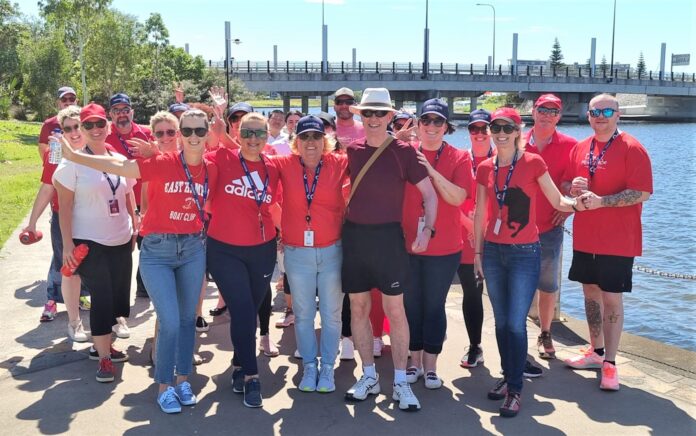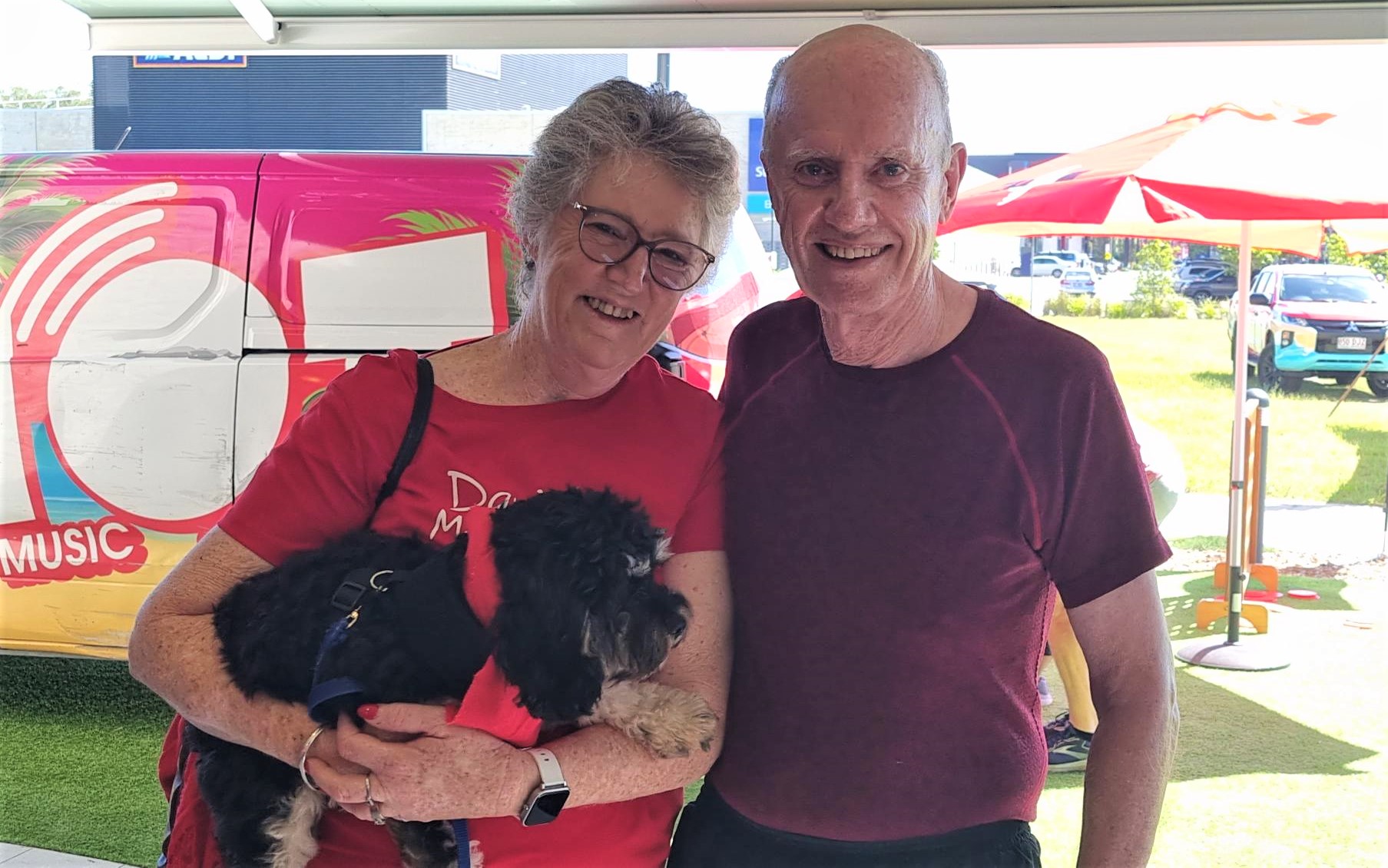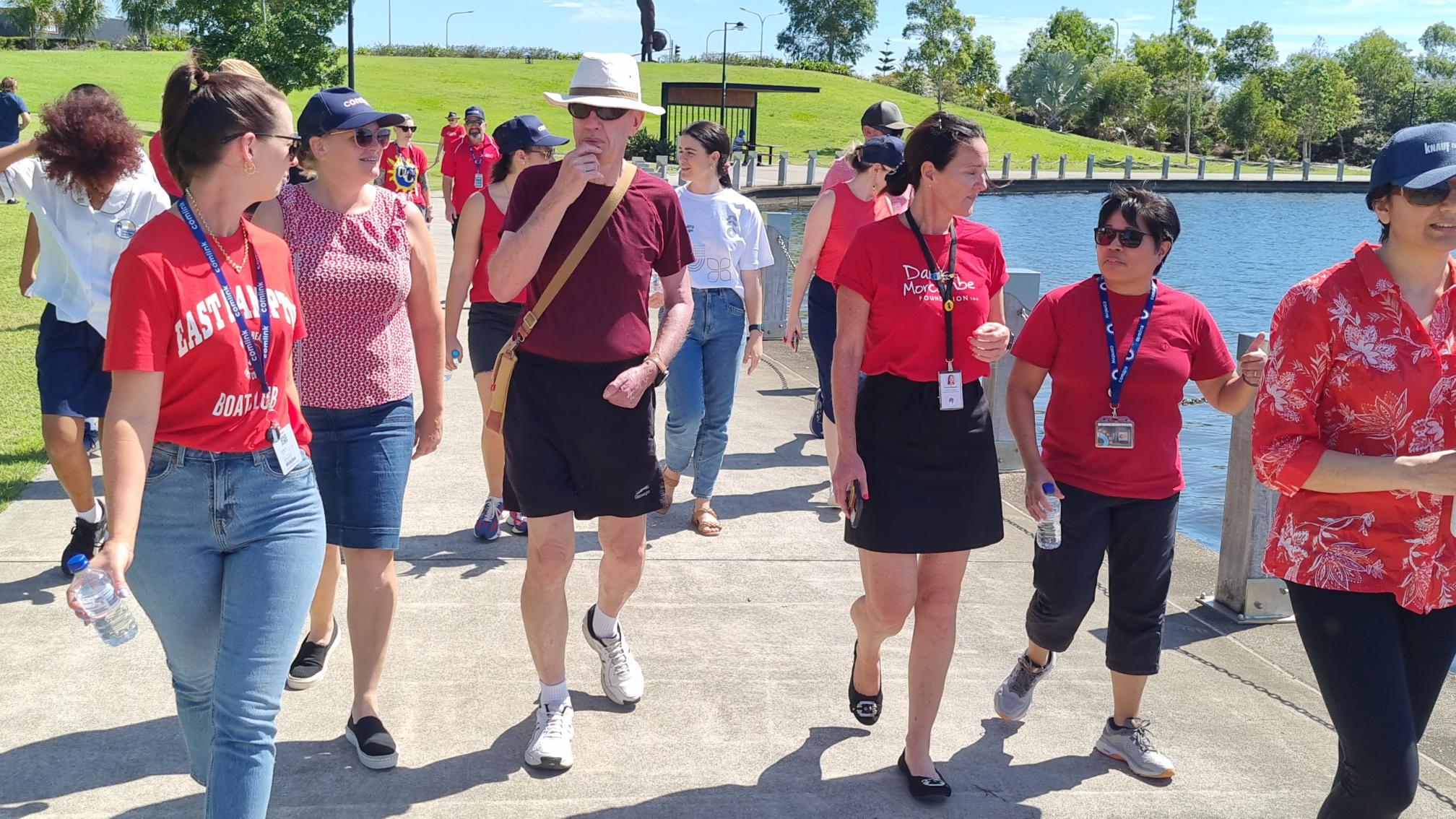Or would you rather get this opposite information? I have given up on consistent stroke rehab because it's pretty much useless until somebody solves spasticity. I don't need to beat my head against the wall when life is out there to live and useless rehab doesn't get me anywhere better.
Wharton's No. 1 professor Adam Grant: 'Never give up is bad advice.'
Why "Never Give Up" Is Bad Advice - Heleo
Why "Never Give Up" is a Bad Motto - The Berkeley Science Review
3 reasons why "Never Give Up" is really bad advice - The Chief
15 Reasons "Never Give Up" Is Terrible Advice | TheTalko
When "Never Give Up" is Bad Advice - The Meaning Movement
The latest here:
Determination and rehab promote stroke survivor's message: never give up!

The victim of three strokes in a matter of 14 months has turned his back on his wheelchair and taken his place among walkers in a Kawana business hub’s Walk for Daniel.
Garry Reynolds attributed his recovery to his ‘never give up’ attitude, the support of his family and the great work of several rehabilitation and support services, including Comlink on the Sunshine Coast.
SUBSCRIBE here now for our FREE news feed, direct to your inbox daily!
“I was bedridden to start with and the therapist asked me, ‘Alright, mate, what is your vision?’ and I said, ‘I’d like to walk out of here and be part of mainstream life again and not a passenger’,” Garry explained.
“And I’d like to ballroom dance again, because I had a stroke on a ballroom dance floor’.
“So, we set that goal, they had me working out at the gym, five hours a day, the whole bit.”

Garry was living in Canberra at the time of his strokes and was so determined to bounce back that, when he moved to Caloundra earlier this year, he left his wheelchair behind.
Through the work of rehabilitation staff initially at the University of Canberra and these days at the Sunshine Coast University Hospital, Garry has recovered strongly and is now living independently. Comlink Australia provides him with in-home care and support.
He even had a dancer-turned-therapist who used his love of ballroom dancing to influence some exercises.
“She was so keen and she was so creative with the exercises – she would come up with routines and would make all the exercises really fun,” Garry said.
“And they would let me choose the music in the gym, and turn the volume up, so I got really spoiled.”
He was invited by Comlink to join the mini Walk for Daniel hosted by Comlink and the Vitality Village health hub near SCUH.

Teneale Rush, of Comlink Sunshine Coast, said Garry showed just what can be achieved in life if you combine the right attitude with the right professional support.
“He struggled deeply with feeling like a burden to his family members as he was living with his daughter and her husband … he requested that they allow him six months to prove he could live independently with the help of Comlink Australia,” she explained.
“Fourteen months later he is now fully mobile, highly socially active … he is a wonderful gentleman.”
Garry was a teacher and public servant and wrote six books during in his working life; he has used writing as therapy and is now writing some of the life stories of friends and acquaintances.
He still has another goal to tick off his to-do list – a return to ballroom dancing.
But for now, he’s happy with his progress and to share his positive story.
“Things could look bad … (but) if you look hard enough, there’s always a win-win result.”
For information about Comlink Australia visit comlinkaustralia.com.au
No comments:
Post a Comment